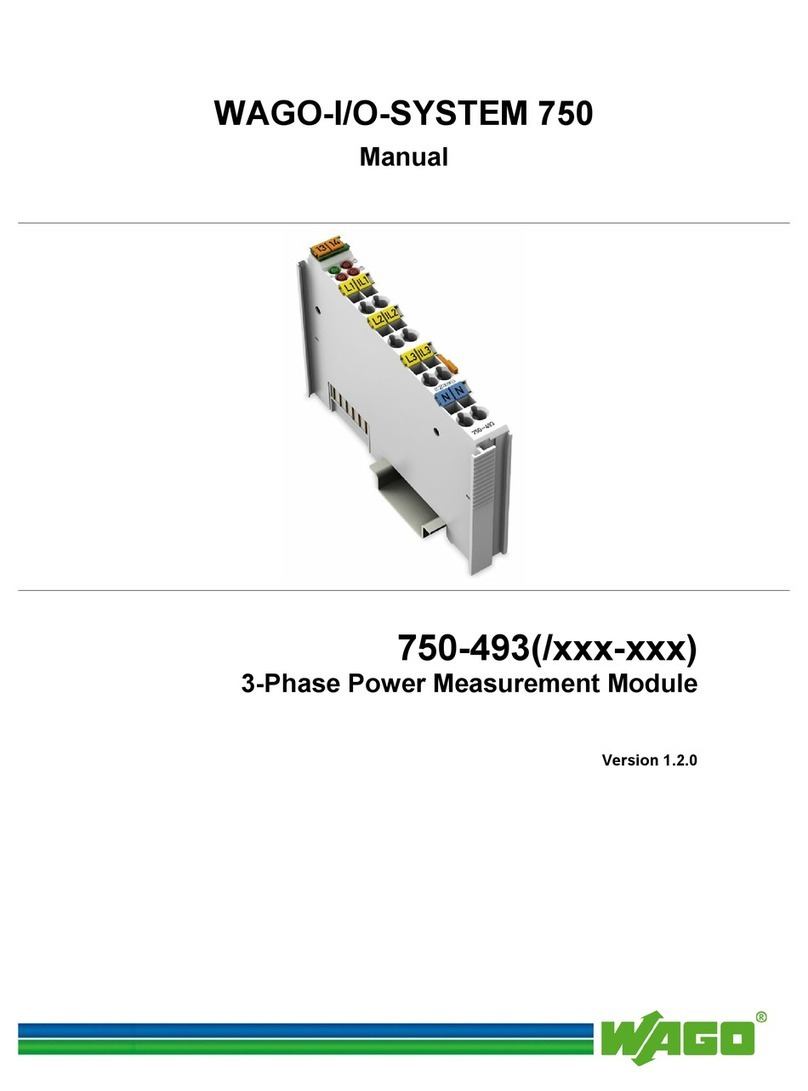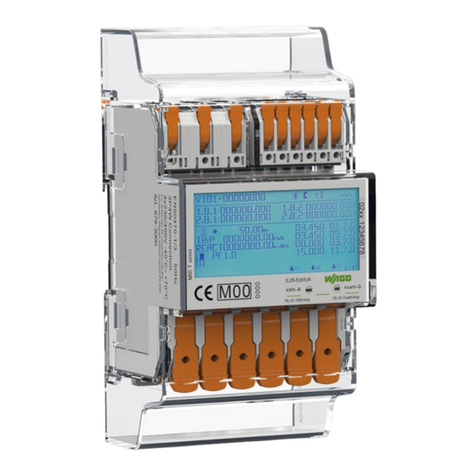Index
1 Safety instructions......................................................................................................................................................................... 3
2 Foreword....................................................................................................................................................................................... 5
3 Certificates .................................................................................................................................................................................... 6
4 Specifications ................................................................................................................................................................................ 7
4.1 Performance criteria ......................................................................................................................................................................... 7
4.2 Basic errors ....................................................................................................................................................................................... 8
4.3 Bluetooth specification ..................................................................................................................................................................... 8
4.4 M-bus communication specification................................................................................................................................................. 8
4.5 Modbus/RS485 communication specification................................................................................................................................... 8
4.6 Dimensions
......................................................................................................................................................................................... 9
4.7 Wire connection
................................................................................................................................................................................. 9
4.8 Connection diagram 879-3000 (4PU)
................................................................................................................................................ 10
4.9 Connection diagram 879-3020 (4PS)
................................................................................................................................................. 11
5 Installation .................................................................................................................................................................................. 12
6 Operation.................................................................................................................................................................................... 13
6.1 Display part 1 (MID relevant)
............................................................................................................................................................ 13
6.2 Display part 2 (MID relevant)
........................................................................................................................................................... 13
6.3 Display part 3 (non MID relevant)
..................................................................................................................................................... 13
6.4 Settings
............................................................................................................................................................................................ 14
6.5 Bluetooth
......................................................................................................................................................................................... 14
6.6 Button settings
................................................................................................................................................................................. 15
6.6.1 Password ................................................................................................................................................................................... 16
6.6.2 Tariff .......................................................................................................................................................................................... 16
6.6.3 S0-Impulsausgang...................................................................................................................................................................... 16
6.6.4 Pulse type setting ...................................................................................................................................................................... 17
6.6.5 S0 Pulse width ........................................................................................................................................................................... 17
6.6.6 Modbus ID................................................................................................................................................................................. 17
6.6.7 Modbus Baudrate...................................................................................................................................................................... 18
6.6.8 Modbus parity........................................................................................................................................................................... 18
6.6.9 M-Bus ID.................................................................................................................................................................................... 18
6.6.10 M-Bus baud rate...................................................................................................................................................................... 18
6.6.11 Backlight.................................................................................................................................................................................. 19
6.6.12 Powerdown counter................................................................................................................................................................ 19
6.6.13 Trip counter............................................................................................................................................................................. 19
6.6.14 OBIS codes............................................................................................................................................................................... 20
6.6.15 Combination Code (adjustable via Modbus, M-bus & Bluetooth) .......................................................................................... 21
7 Troubleshooting .......................................................................................................................................................................... 22
7.1 Errors / Diagnostics display
.............................................................................................................................................................. 23
7.2 Technical support
............................................................................................................................................................................. 23
Appendix 1 –Multi tariff function .................................................................................................................................................. 24
A1.1 How to switch between T1 und T2
.................................................................................................................................................. 24
A1.2 How to switch between T3 and T4
.................................................................................................................................................. 24
Appendix 2 - M-Bus........................................................................................................................................................................ 25
A2.1 Communication via M-Bus
.............................................................................................................................................................. 25
A2.2 M-bus register map
....................................................................................................................................................................... 26
A2.3 M-Bus write registers
...................................................................................................................................................................... 27
Appendix 3 - Modbus ..................................................................................................................................................................... 28
A3.1 Communication via Modbus
........................................................................................................................................................... 28
A3.2 Modbus register map
..................................................................................................................................................................... 29
A3.3 Modbus write register
..................................................................................................................................................................... 34
Appendix 4 - Bluetooth .................................................................................................................................................................. 35
A4.1 Bluetooth app
................................................................................................................................................................................ 35
A4.2 Connect the meter
.......................................................................................................................................................................... 36
A4.3 Device page
.................................................................................................................................................................................... 37
A4.4
Read meter data............................................................................................................................................................................ 38
A4.5
Save meter data ............................................................................................................................................................................ 39
A4.6 Change settings
.............................................................................................................................................................................. 40





























